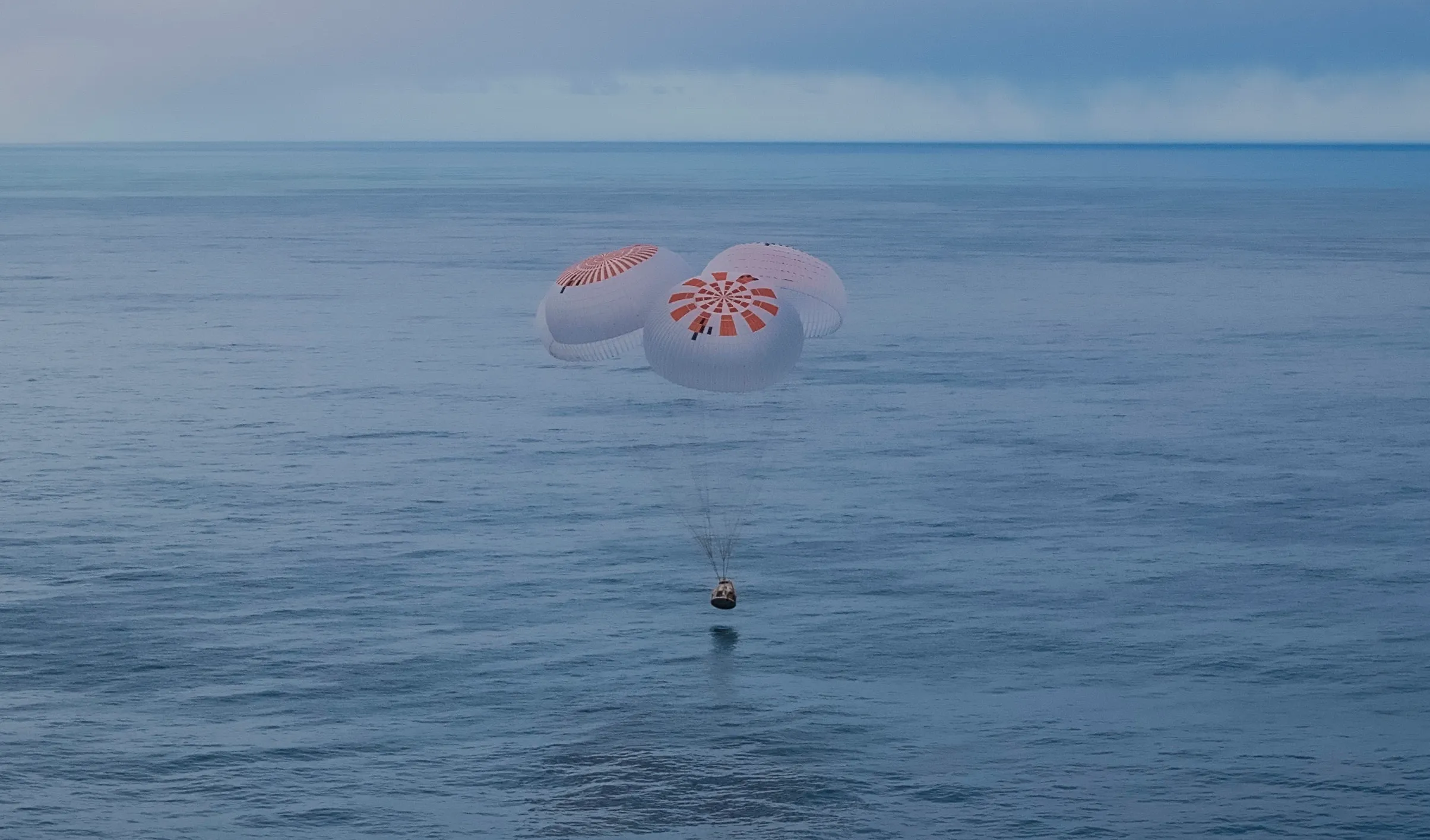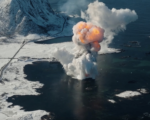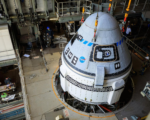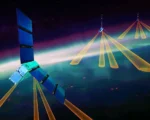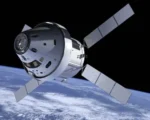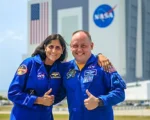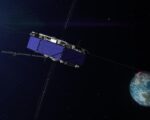NASA and SpaceX have successfully brought Crew-9 astronauts back to Earth aboard the Crew Dragon Freedom spacecraft after 171 days in space. The mission’s splashdown occurred on March 18 at around 5:57 p.m. EDT in the Gulf of Mexico, off the coast of Florida. Initially planned for March 19, the return was rescheduled due to weather concerns. The event was broadcast live, with coverage beginning at 4:45 p.m. EDT, capturing the final moments of the mission. The crew’s return marked the end of a long-duration stay aboard the International Space Station (ISS), and the astronauts were greeted with enthusiasm as they made their way home.
The Crew-9 mission, which launched on September 28, 2024, included NASA astronauts Nick Hague and Aleksandr Gorbunov. They were joined on their return journey by Sunita Williams and Barry Wilmore, who had originally arrived at the ISS aboard Boeing’s Starliner spacecraft on June 5, 2024. Due to technical issues encountered during the Starliner’s mission, NASA and SpaceX decided to bring the astronauts back aboard the Crew Dragon Freedom instead, a decision that ensured their safe return to Earth. The Crew Dragon undocked from the ISS’s Harmony module at 1:05 a.m. EDT, beginning their journey back to Earth.
The Crew Dragon’s re-entry process included a deorbit burn scheduled for 5:11 p.m. EDT, which was the final step before the spacecraft descended toward the Earth’s surface. By the time of splashdown, Crew Dragon Freedom will have completed 171 days in space, with Hague and Gorbunov covering approximately 72.5 million statute miles and completing 2,736 orbits around Earth. Williams and Wilmore, who had been in space for a longer duration, will have spent a total of 286 days in orbit, covering over 121 million statute miles during their time aboard the ISS.
The designated landing site for the Crew Dragon Freedom was the Gulf of Mexico, a location chosen for its proximity and safety for splashdowns. Future crew landings under NASA’s commercial crew program are expected to occur in the Pacific Ocean, a change from the Gulf landing site. This successful return marks another significant milestone for NASA’s collaboration with SpaceX, further solidifying the reliability of the Crew Dragon spacecraft in transporting astronauts to and from the ISS.


